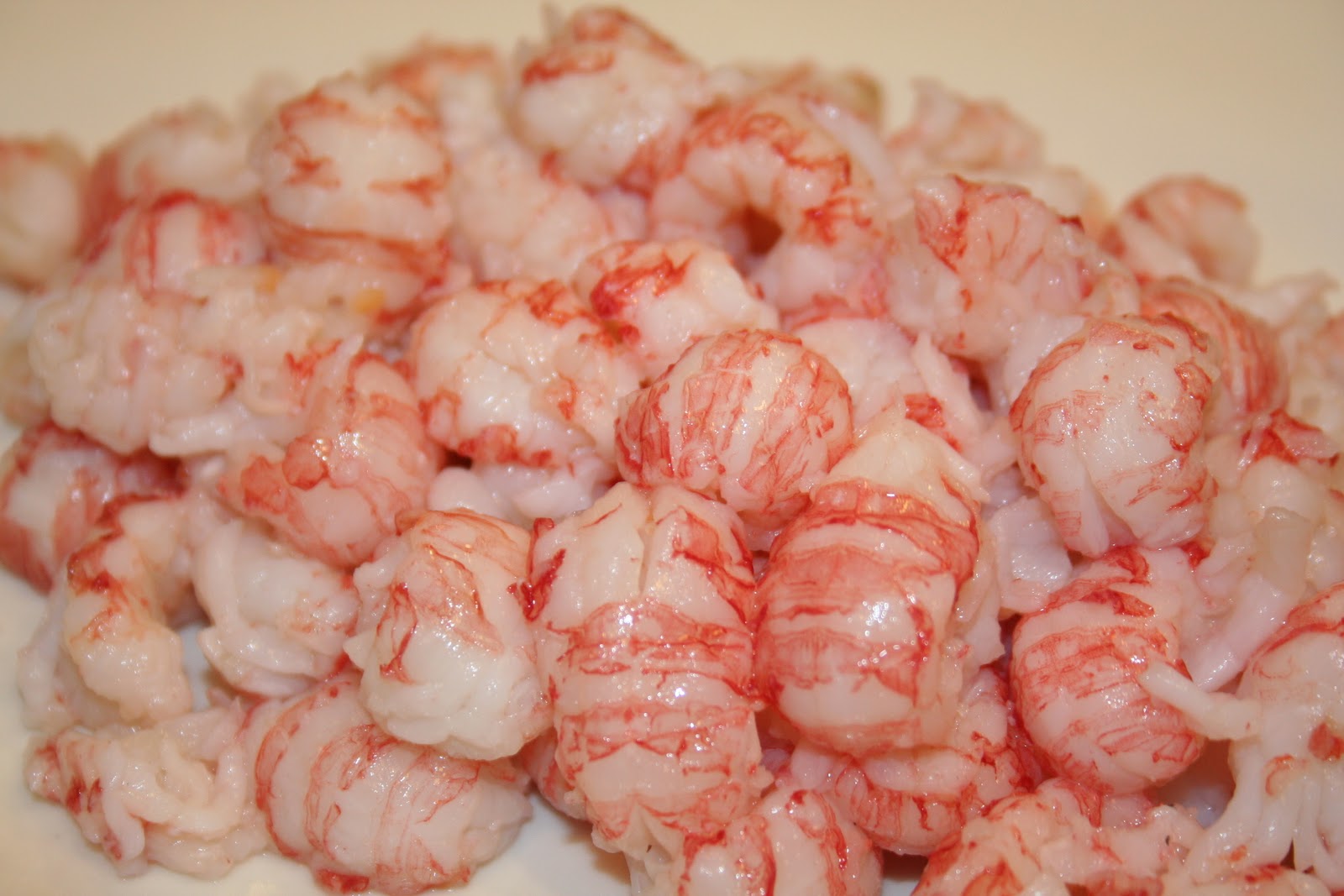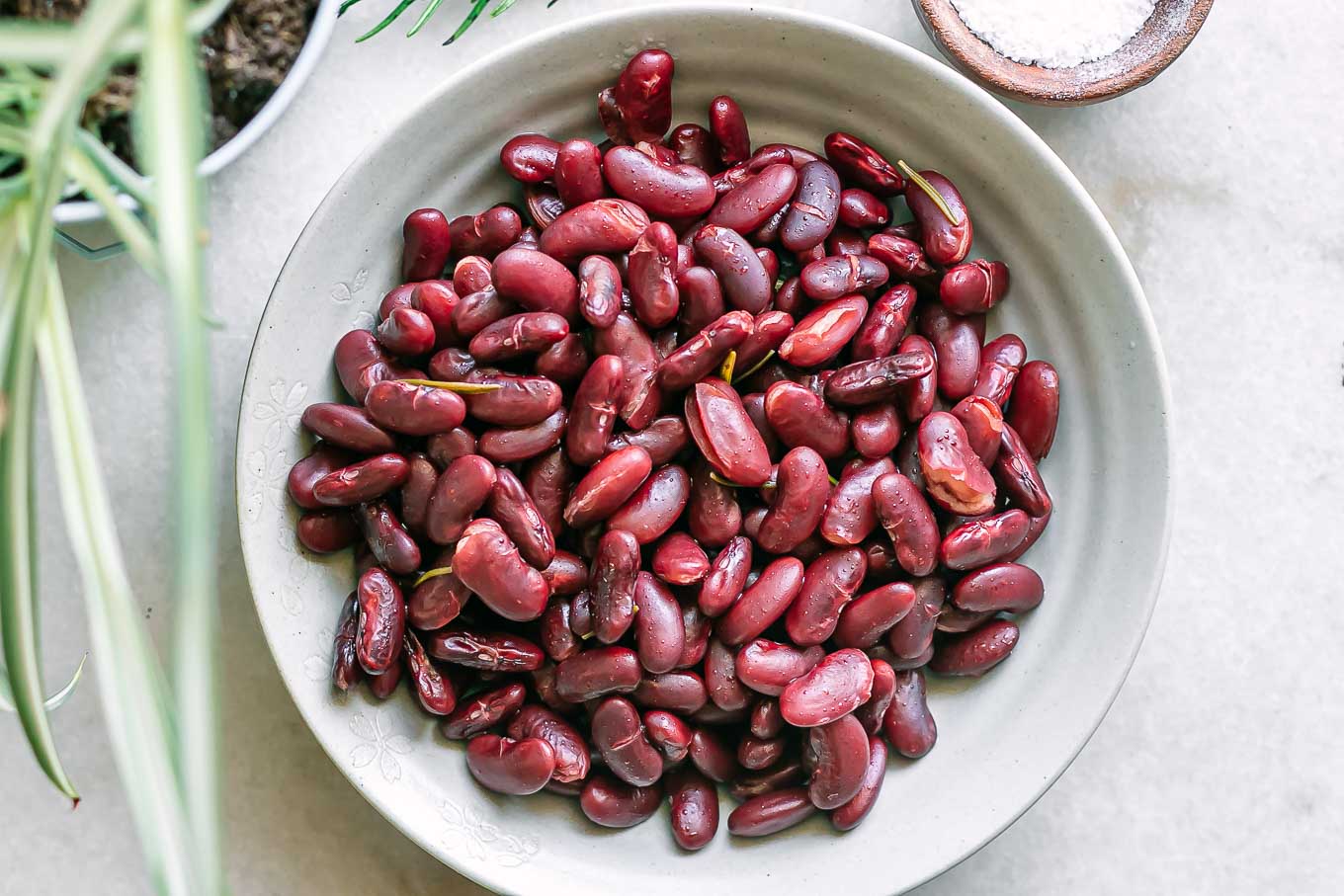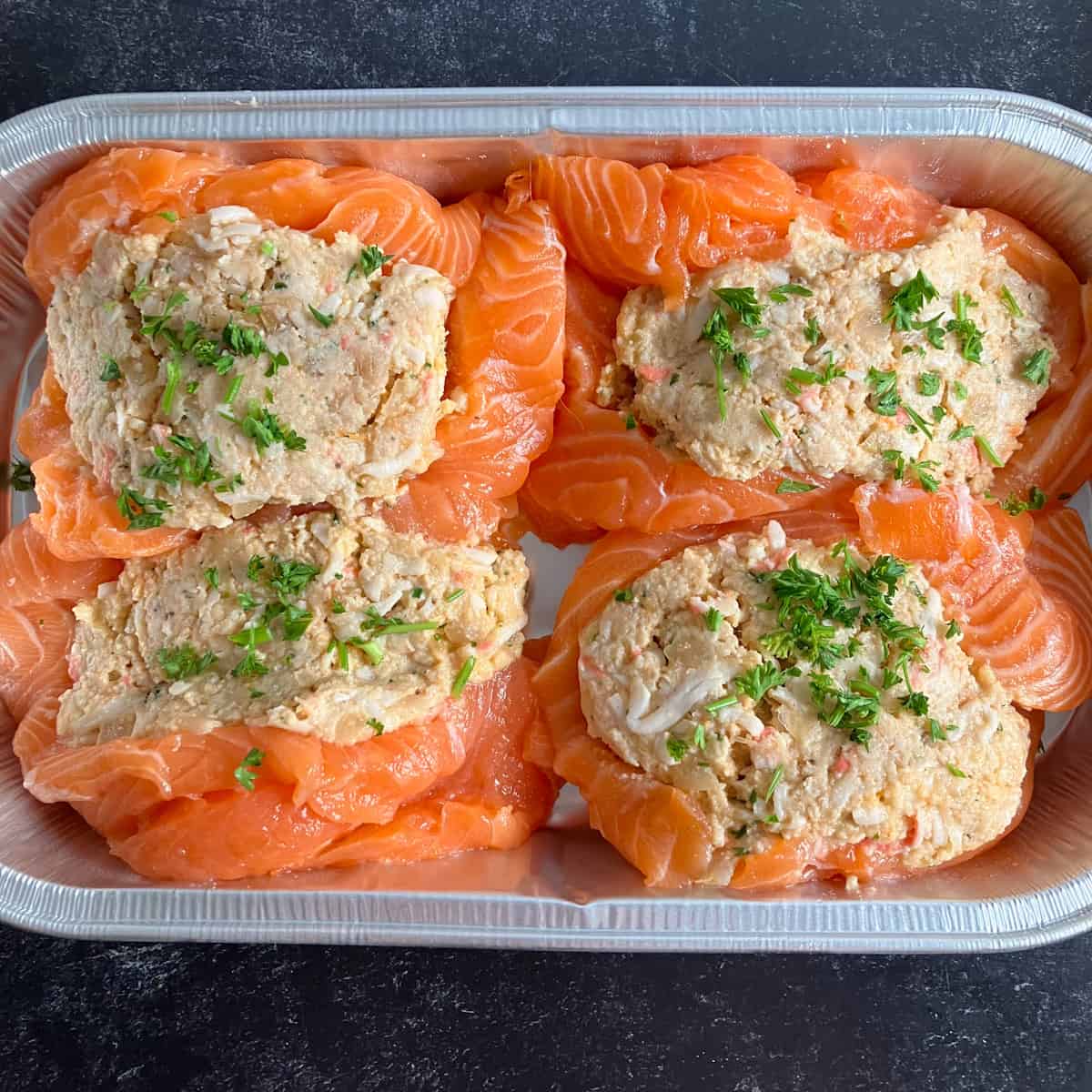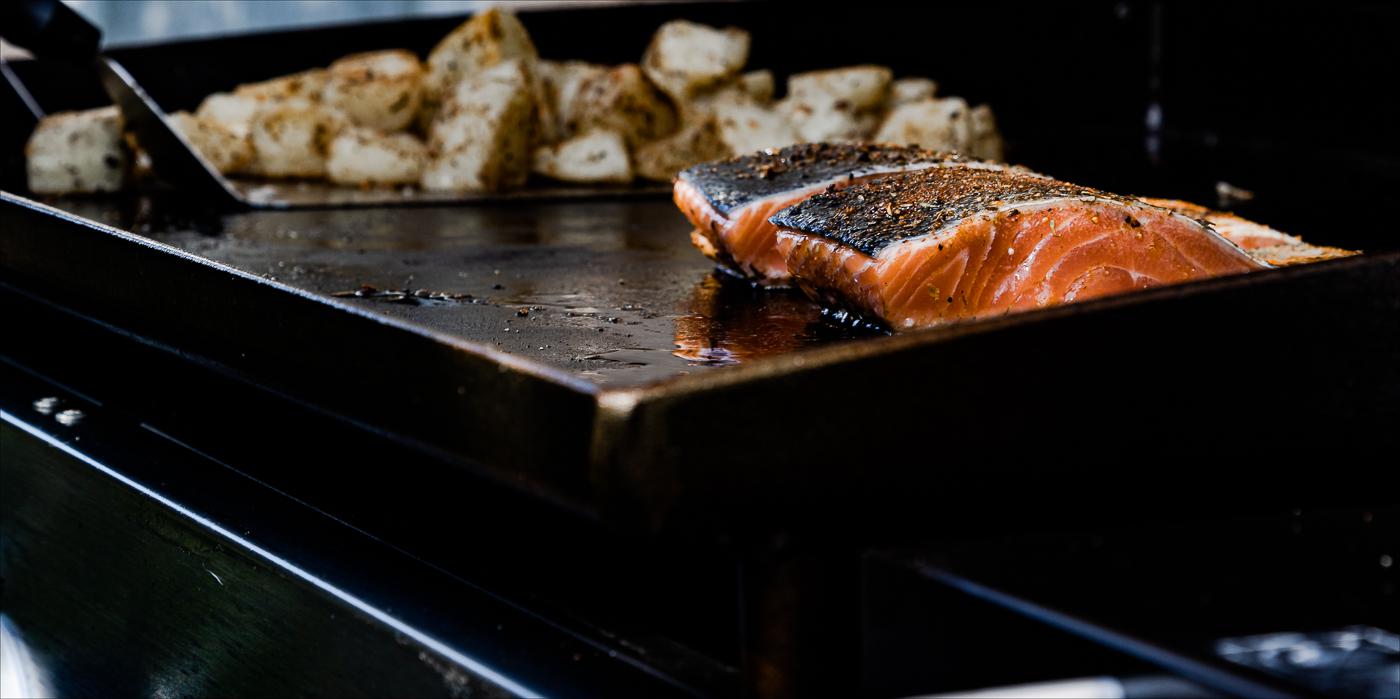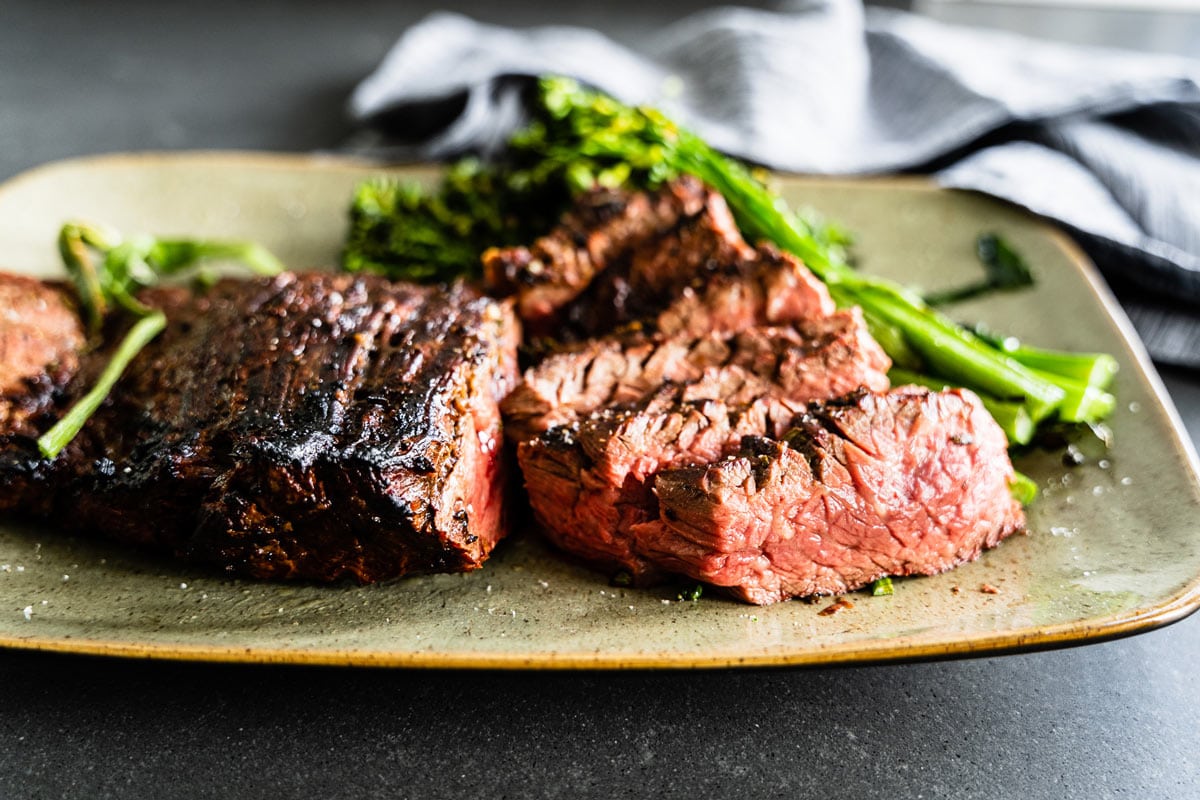Introduction
Edamame beans are a delicious and nutritious snack that can be enjoyed in many ways. One popular method is to cook them without the shell, allowing for easy consumption and a delightful texture. In this article, we will explore the steps to cook edamame beans without the shell, unlocking the full flavors and health benefits they have to offer.
Step 1: Choosing the Right Edamame Beans
Before you embark on your culinary adventure, it’s important to select high-quality edamame beans. Look for bright green pods that feel firm to the touch. Avoid any beans that appear wilted or discolored, as they may not be as fresh.
Step 2: Thawing the Edamame Beans
If you’re using frozen edamame beans, make sure to thaw them before cooking. There are two methods you can use:
- Overnight thawing: Place the frozen beans in a bowl and let them thaw in the refrigerator overnight. This method ensures even thawing and preserves the flavors.
- Quick thawing: If you’re short on time, you can quickly thaw the beans by placing them in a microwave-safe dish and microwaving them on the defrost setting for a few minutes.
Once the beans are thawed, drain any excess water before proceeding to the next step.
Step 3: Boiling the Edamame Beans
Now it’s time to cook the edamame beans. Follow these simple steps:
- Fill a pot with water and add salt to enhance the flavors.
- Bring the water to a boil over high heat.
- Add the edamame beans to the boiling water and cook them for approximately 3-5 minutes, or until they are tender.
- Drain the beans and rinse them under cold water. This helps to stop the cooking process and ensures they retain their vibrant green color.
Step 4: Seasoning the Edamame Beans
Once the edamame beans are cooked and ready to be enjoyed, you can add your favorite seasonings to enhance their taste. Here are some popular options:
- Sprinkle the beans with sea salt for a classic and simple flavor.
- Toss them with a drizzle of extra virgin olive oil and a sprinkle of garlic powder for a hint of richness.
- Squeeze some fresh lemon juice over the beans to add a refreshing tang.
- Experiment with different spices like chili powder, paprika, or cumin for a kick of heat.
Step 5: Serving and Enjoying
Now that you’ve cooked and seasoned your edamame beans, it’s time to serve and enjoy them! They make a great appetizer or snack, and you can also incorporate them into salads, stir-fries, or pasta dishes. Simply pop the beans out of the pods with your fingers or teeth and savor their delicious taste and satisfying texture.
Remember, edamame beans are not only tasty but also packed with protein, fiber, and essential nutrients. Incorporating them into your diet can provide numerous health benefits.
Conclusion
Learning how to cook edamame beans without the shell opens up a world of culinary possibilities. By following these simple steps, you can enjoy this versatile and nutritious snack in no time. So grab a bag of edamame beans, get cooking, and savor the deliciousness!
More Delicious Edamame Recipes to Try
Now that you've mastered cooking edamame beans without their shells, let's put that skill to good use with a variety of enticing recipes. From the creamy texture of Explore Edamame Hummus to the zesty kick in Try Spicy Edamame Stir-Fry, these dishes showcase the versatility of edamame. For a refreshing twist, try the Discover Edamame Corn Salad, perfect for warm weather gatherings. I highly recommend the Make Lemon Garlic Edamame Pasta for its vibrant flavors and easy preparation, making it ideal for weeknight dinners. Each recipe offers a unique way to enjoy this healthy ingredient, ensuring you never run out of creative ideas for your next meal.
Was this page helpful?
Read Next: How To Cook Green Beans For A Diabetic

